This article was medically reviewed by Erik Kramer, DO, MPH and by wikiHow staff writer, Megaera Lorenz, PhD. Dr. Erik Kramer is a Board-Certified Primary Care Physician at the University of Colorado. With over 15 years of experience, his clinical interests include obesity and weight management, diabetes care, and preventive care, as well as embracing a holistic approach to primary care. He received his Doctorate in Osteopathic Medicine (D.O.) from the Touro University Nevada College of Osteopathic Medicine and completed his residency at Central Maine Medical Center. Dr. Kramer is a Diplomate of the American Board of Obesity Medicine.
There are 18 references cited in this article, which can be found at the bottom of the page.
This article has been viewed 9,893 times.
If you have pain or tenderness in your lower abdomen or pelvic area, especially with symptoms like unusual vaginal bleeding or discharge, inflammation in your uterus may be the cause. Lots of things can cause inflammation in your uterus, including bacterial infections, so it’s important to see a doctor and get a proper diagnosis and treatment as soon as possible. Luckily, most causes of uterine inflammation can be treated with medications. In the meantime, you can also help yourself feel better with some simple home remedies.
Steps
Recognizing Common Symptoms
-
1Watch for pain in your pelvis and lower abdomen. Pain in the pelvis or lower part of your belly is the most common symptom of inflammation in the uterus.[1] The pain might be anywhere from a mild ache to severe cramps.
- You might also notice pain in your lower back, or your belly might be tender to the touch.
- In some cases, you might notice swelling in your abdomen.
-
2Pay attention to abnormal discharge or bleeding. It’s normal to have a little bit of clear or milky white discharge from your vagina. But if you notice discharge that’s heavier than usual or has a different color, texture, or smell, call your doctor. These could be signs of an infection or inflammation in your vagina or uterus.[2]
- You might also notice unusual bleeding, such as bleeding or spotting in between periods or unusually heavy or prolonged bleeding during your period.
- If you’re over 40 and experience abnormal bleeding between periods or post-menopause, visit your doctor as soon as you can to rule out uterine cancer.[4]
Be aware: Unusual vaginal bleeding can have lots of causes, such as an infection, changes in your hormones, or even stress. See your doctor to get it checked out, but try not to worry. Most causes of unusual bleeding are easy to treat.[3]
Advertisement -
3Look out for pain during intercourse. If it hurts to have sex, this could be a sign of inflammation in your uterus or cervix. Specifically, watch out for pain during deep penetration. You might notice that the pain gets worse in certain positions.[5]
- You might also notice bleeding after you have sex.[6]
- If you only feel pain when your partner first penetrates you (entry pain), then the problem is more likely to be in your vagina or the outer part of your genitals.
-
4Check for fever, chills, or nausea. If your uterine inflammation is caused by an infection, you may get a fever. If you feel sick or exhausted, or if you have chills or body aches along with pelvic pain, take your temperature.[7] Any temperature over 100.4 °F (38.0 °C) is considered to be a fever.[8]
- You might also have other general symptoms of illness, like nausea or loss of appetite.
- Get screened for an STD if you’re at risk or have had possible exposure to one, especially if you have pelvic pain and a developing fever.
-
5Make note of difficulty urinating. If your uterus is inflamed, you might also experience pain or inflammation in your bladder. Check to see if it’s painful when you pee, or if you need to go to the bathroom more often than usual. You might also notice that it’s hard to empty your bladder completely.[9]
- Some kinds of inflammation in your uterus can also make it painful or uncomfortable to have a bowel movement. Or, you may feel constipated.
- You may experience similar pain and difficulty urinating if you have a UTI.[10]
Getting Medical Treatment
-
1Call your doctor right away if you have symptoms of uterus inflammation. If you think your uterus might be inflamed, it’s important to get medical treatment as soon as possible. Contact your doctor and set up an appointment for an exam right away.[11]
- If the inflammation is caused by an infection in your uterus, getting it treated right away can help prevent more serious problems, like infertility or chronic pain.
-
2Get urgent medical care if your symptoms are severe. Sometimes, pain or inflammation in your uterus can be a sign of a medical emergency. Go to an urgent care clinic or the emergency room if you have symptoms such as:[12]
- Severe pain in your pelvis or lower abdomen
- Nausea and vomiting, especially if you can’t keep down food, liquids, or medication
- A fever of 101 °F (38 °C) or higher
- Foul-smelling discharge from your vagina
-
3Talk to your doctor about your medical history. When you see your doctor, tell them about any symptoms you’ve been having, even if they don’t seem related to the inflammation in your uterus. They may also ask you about:[13]
- What kinds of medications or supplements you are taking
- Whether you’ve recently had any medical procedures that involved your uterus, cervix, or pelvis, such as a hysterectomy or D&C (dilation and curettage)
- What kinds of birth control you use
- Whether you’re sexually active or may have been exposed to a sexually transmitted infection
- If you’re pregnant or have recently given birth
Keep in mind: It can feel awkward or embarrassing to talk to your doctor about your sex life, but remember, they are there to help. Do your best to be open and honest, since this information can help them figure out the best way to treat you and get you feeling better!
-
4Let your doctor give you a pelvic exam. Your doctor will probably want to do a pelvic exam to check for signs of swelling, tenderness, or unusual bleeding and discharge. While the doctor steps out of the room, undress from the waist down and cover yourself up with a gown or paper sheet. The doctor will then ask you to lie down on the exam table and allow them to gently feel inside your vagina with their gloved fingers.[14]
- The doctor will press on your lower abdomen with their other hand at the same time that they are feeling inside your vagina. This will help them detect any swelling or unusual bumps.
- They might also listen to your belly with a stethoscope to check for a lack of bowel sounds.[15]
- Your doctor may also use a speculum to see your cervix better. A speculum may feel uncomfortable if your vagina or uterus is tender to the touch.
- This exam can be a little uncomfortable, but do your best to relax. Most doctors are good at performing a pelvic exam gently and making it as comfortable as possible.
-
5Consent to any other tests your doctor recommends. Depending on what they see during the pelvic exam, your doctor might also want to do other tests. For example, they may use a swab to collect fluids from your vagina or cervix to test for signs of infection or abnormal cells. They might also recommend:[16]
- Taking blood or urine tests to check for pregnancy or sexually transmitted infections. They might also test your blood for white blood cells or other signs of a widespread infection.[17]
- Doing an ultrasound, which will allow them to take images of the inside of your uterus. It may be done externally and internally to fully visualize your uterus, ovaries, and any abnormal growths.
- Taking a biopsy, or a small sample of tissue, from the lining of your uterus. This probably won’t be necessary unless the results from the other tests are unclear.
-
6Take any medications as prescribed by your doctor. Many causes of uterine inflammation can be treated with antibiotics. Even before you get your test results back, your doctor might give you a shot of antibiotics or a prescription for oral antibiotics that you can take at home.[18] Always take these medications exactly as prescribed.
- Never stop taking antibiotics before your doctor says it’s okay, even if you start to feel better. If you stop taking the antibiotics too soon, the infection could come back or get worse.
- If your infection is severe or keeps returning, you might need to be treated in the hospital for a few days.
-
7Ask if your partner needs to be tested or treated. Some kinds of uterine inflammation, like pelvic inflammatory disease, are often caused by sexually transmitted diseases.[19] If you are sexually active, your doctor might recommend that your sexual partner(s) also get tested or treated for infections.
- Practicing safe sex is one of the best ways to prevent infections that can lead to inflammation of the uterus. If you haven’t already done it, sit down and have a heart-to-heart talk with any sexual partners you have about using condoms and other forms of protection to keep you and them safe.[20]
- Talking to your partner about sexually transmitted diseases can feel awkward or embarrassing, but it’s an important part of staying safe and healthy in any relationship. If you’re not sure how to talk to your partner, ask your doctor for advice.
Managing Your Symptoms at Home
-
1Take over-the-counter pain medications to manage your pain. Inflammation in your uterus can be very painful. Luckily, over-the-counter pain medications, such as ibuprofen (Motrin, Advil) or naproxen (Aleve), can help manage both pain and swelling. If you can’t safely take anti-inflammatory painkillers, try using acetaminophen (Tylenol) instead.[21]
- These medications might not be safe for you if you are pregnant or have a serious health condition such as liver disease or stomach ulcers. Talk to your doctor if you’re not sure which pain medications you can use.
- Your doctor may also prescribe stronger pain medication if over-the-counter options aren’t working.
-
2Use heating pads to get pain relief. While you’re recovering from uterine inflammation, using heat therapy can help reduce pain. Try soaking in a warm bath, taking a warm shower, or putting a hot water bottle or heating pad against your lower belly or back.[22]
- If that doesn’t help, try using an ice pack or cold compress instead.
- Never put ice or a heating pad directly against your skin. Always protect your skin with a layer of cloth, such as a shirt or a thin towel. This will help prevent burns or frostbite.
-
3Massage your lower abdomen to reduce cramps. Massage can help you relax, and may also bring relief from the pain associated with inflammation in your uterus. Try gently pressing and rubbing on your lower abdomen or lower back with your hands or a massage tool, or ask someone else to do so.
- You can also get a massage from a professional massage therapist or physical therapist. Ask your doctor to recommend someone with experience treating pelvic pain.
-
4Eat anti-inflammatory foods to reduce inflammation symptoms. Eating a healthy diet can help reduce inflammation in your uterus and improve symptoms like pain and swelling. Stick to eating lots of fruits and vegetables, whole-grain foods, healthy sources of fat (like nuts, avocados, fish, and olive oil), and foods flavored with anti-inflammatory spices, such as ginger, turmeric, and rosemary.[23]
- An anti-inflammatory diet may be especially helpful if you have problems with chronic inflammation.
- Some foods can make pelvic pain or inflammation worse. Stay away from highly processed foods, greasy fast food, and sugary pastries, drinks, or candy.
- Staying hydrated is also important for your uterine health since dehydration can make you more prone to vaginal infections.[24] Drink plenty of water or anti-inflammatory beverages, like green tea or ginger tea.[25]
-
5Try relaxation techniques to reduce pain and inflammation. Stress can make inflammation worse, and may even make it harder for your body to fight diseases.[26] While you’re being treated for inflammation in your uterus, try to get plenty of rest and do activities that help you relax and unwind. For example, you might:
- Meditate or do light stretches
- Listen to peaceful music
- Read a relaxing book
- Work on a hobby or creative project, as long as it isn’t too physically strenuous
-
6Avoid sex until your doctor says it’s okay. While you’re healing, it’s important not to do anything that might make the irritation in your uterus worse. Abstain from having sex until you’ve finished your course of treatment or your doctor says it’s okay. This will also help prevent you and your partner from reinfecting each other if the inflammation was caused by a sexually transmitted infection.[27]
- Your doctor might also advise that you avoid using tampons or putting any other items inside your vagina until your symptoms clear up.[28]
Warnings
- An untreated infection in your uterus can lead to complications like infertility, chronic pain, or a serious infection of your entire body or bloodstream.[31] If you’re having symptoms of inflammation in your uterus, call your doctor right away!⧼thumbs_response⧽
References
- ↑ https://medlineplus.gov/ency/article/000888.htm
- ↑ https://www.cdc.gov/std/pid/stdfact-pid.htm
- ↑ https://www.uofmhealth.org/health-library/abvbd
- ↑ https://my.clevelandclinic.org/health/diseases/16409-uterine-cancer
- ↑ https://www.cdc.gov/std/pid/stdfact-pid.htm
- ↑ https://medlineplus.gov/ency/article/000888.htm
- ↑ https://www.cdc.gov/std/pid/stdfact-pid.htm
- ↑ https://www.cdc.gov/quarantine/air/reporting-deaths-illness/definitions-symptoms-reportable-illnesses.html
- ↑ https://www.womenshealth.gov/a-z-topics/pelvic-inflammatory-disease
- ↑ https://my.clevelandclinic.org/health/diseases/9135-urinary-tract-infections#symptoms-and-causes
- ↑ https://medlineplus.gov/ency/article/001484.htm
- ↑ https://www.womenshealth.gov/a-z-topics/pelvic-inflammatory-disease
- ↑ https://www.nhs.uk/conditions/pelvic-inflammatory-disease-pid/diagnosis/
- ↑ https://my.clevelandclinic.org/health/diseases/9129-pelvic-inflammatory-disease-pid#diagnosis-and-tests
- ↑ https://medlineplus.gov/ency/article/001484.htm
- ↑ https://medlineplus.gov/ency/article/001484.htm
- ↑ https://medlineplus.gov/ency/article/000888.htm
- ↑ https://medlineplus.gov/ency/article/000888.htm
- ↑ https://www.womenshealth.gov/a-z-topics/pelvic-inflammatory-disease
- ↑ https://www.ncbi.nlm.nih.gov/pmc/articles/PMC4530285/
- ↑ https://myhealth.alberta.ca/Health/aftercareinformation/pages/conditions.aspx?hwid=uh2916
- ↑ https://myhealth.alberta.ca/Health/aftercareinformation/pages/conditions.aspx?hwid=te8200
- ↑ http://www.bcwomens.ca/Gynecology-Site/Documents/Pelvic%20Pain-Endo/2015Nov_CPP-diet-handout.pdf
- ↑ https://www.stonybrookmedicine.edu/southbayobgyn/news/hydration
- ↑ https://www.geisinger.org/health-and-wellness/wellness-articles/2018/02/21/17/18/8-foods-that-reduce-inflammation
- ↑ https://www.hopkinsmedicine.org/health/conditions-and-diseases/pelvic-pain
- ↑ https://www.nhs.uk/conditions/pelvic-inflammatory-disease-pid/treatment/
- ↑ https://myhealth.alberta.ca/Health/aftercareinformation/pages/conditions.aspx?hwid=te8200
- ↑ https://medlineplus.gov/ency/article/000888.htm
- ↑ https://medlineplus.gov/ency/article/001484.htm
- ↑ https://medlineplus.gov/ency/article/001484.htm

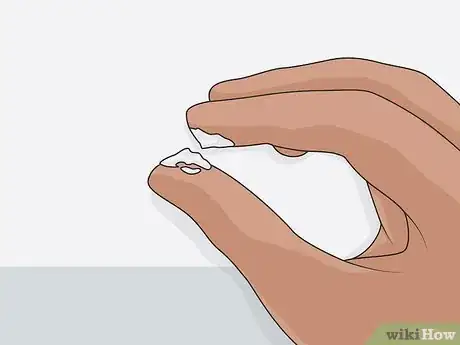
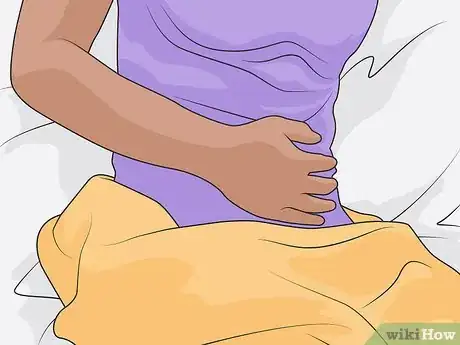

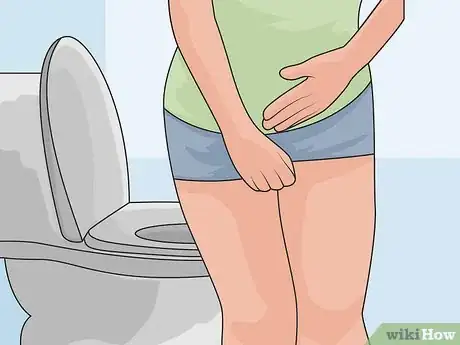

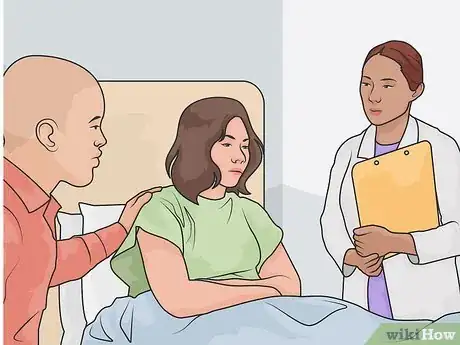

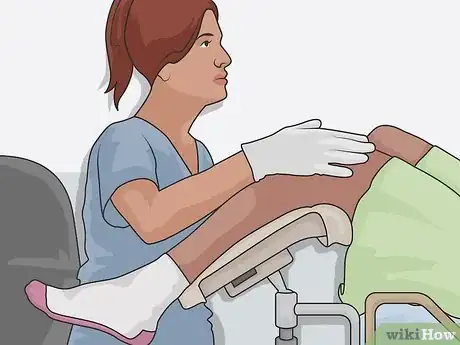
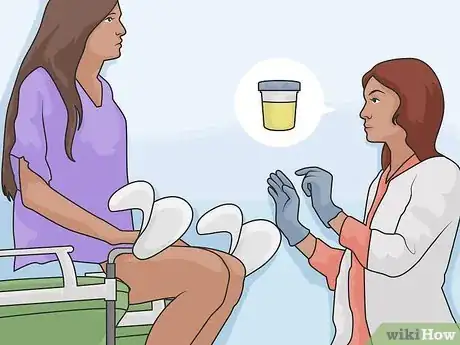


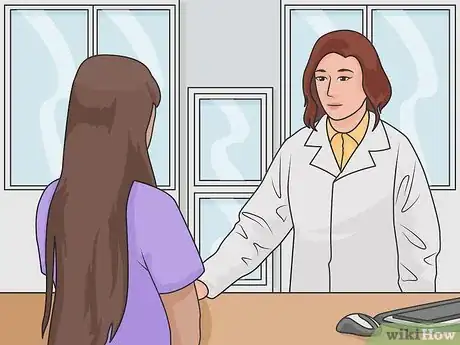
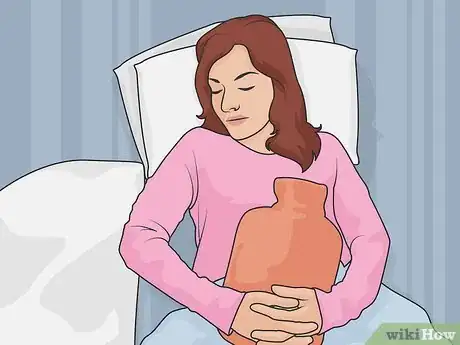
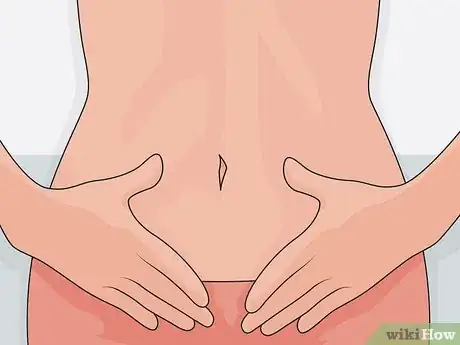




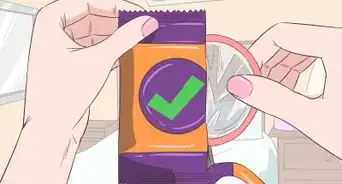
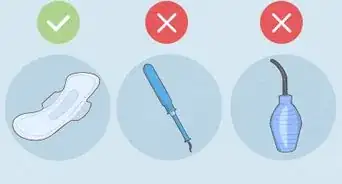






-Step-10-Version-2.webp)











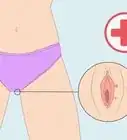
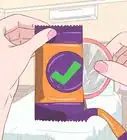
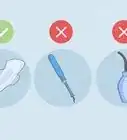




































Medical Disclaimer
The content of this article is not intended to be a substitute for professional medical advice, examination, diagnosis, or treatment. You should always contact your doctor or other qualified healthcare professional before starting, changing, or stopping any kind of health treatment.
Read More...